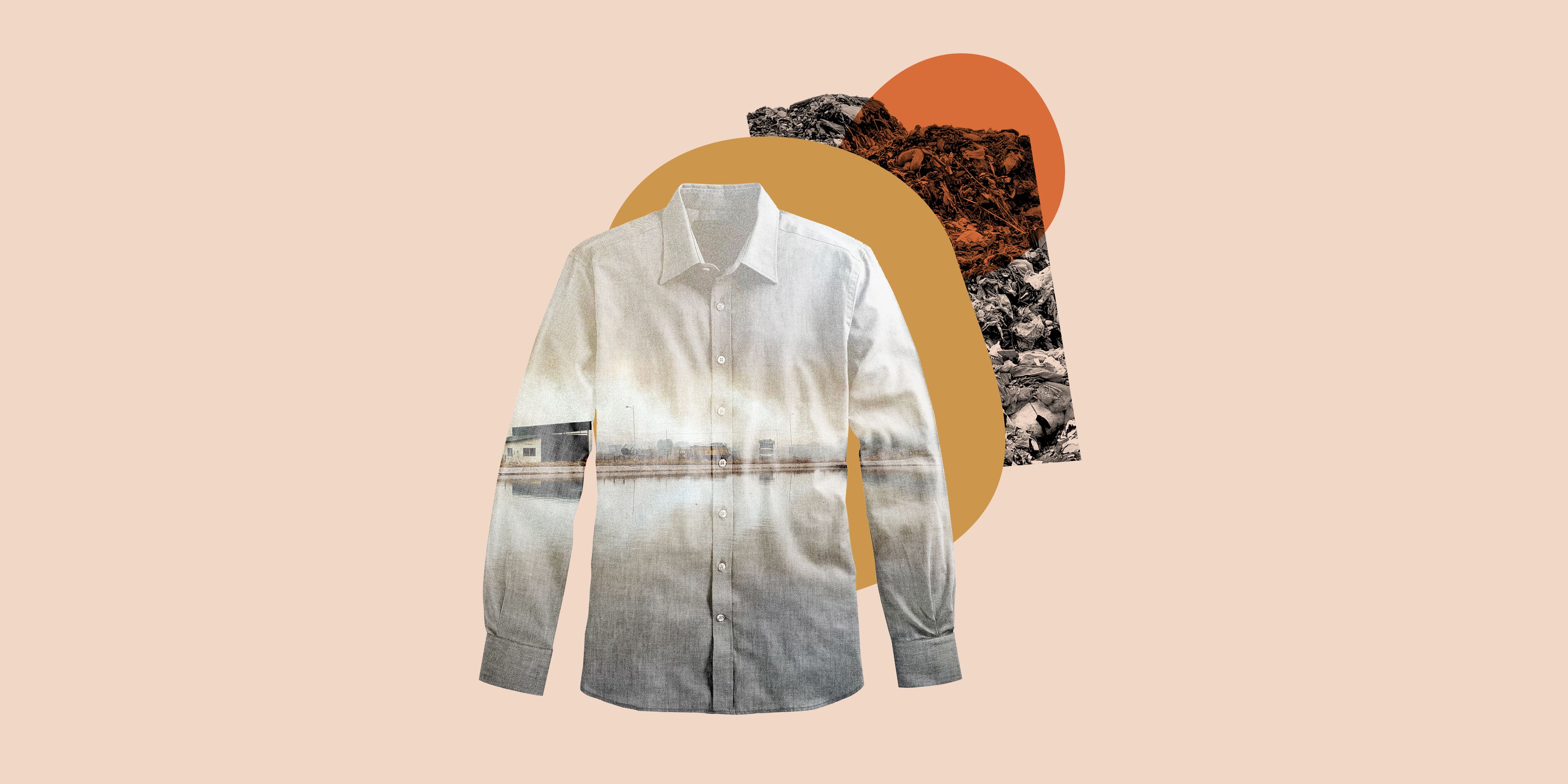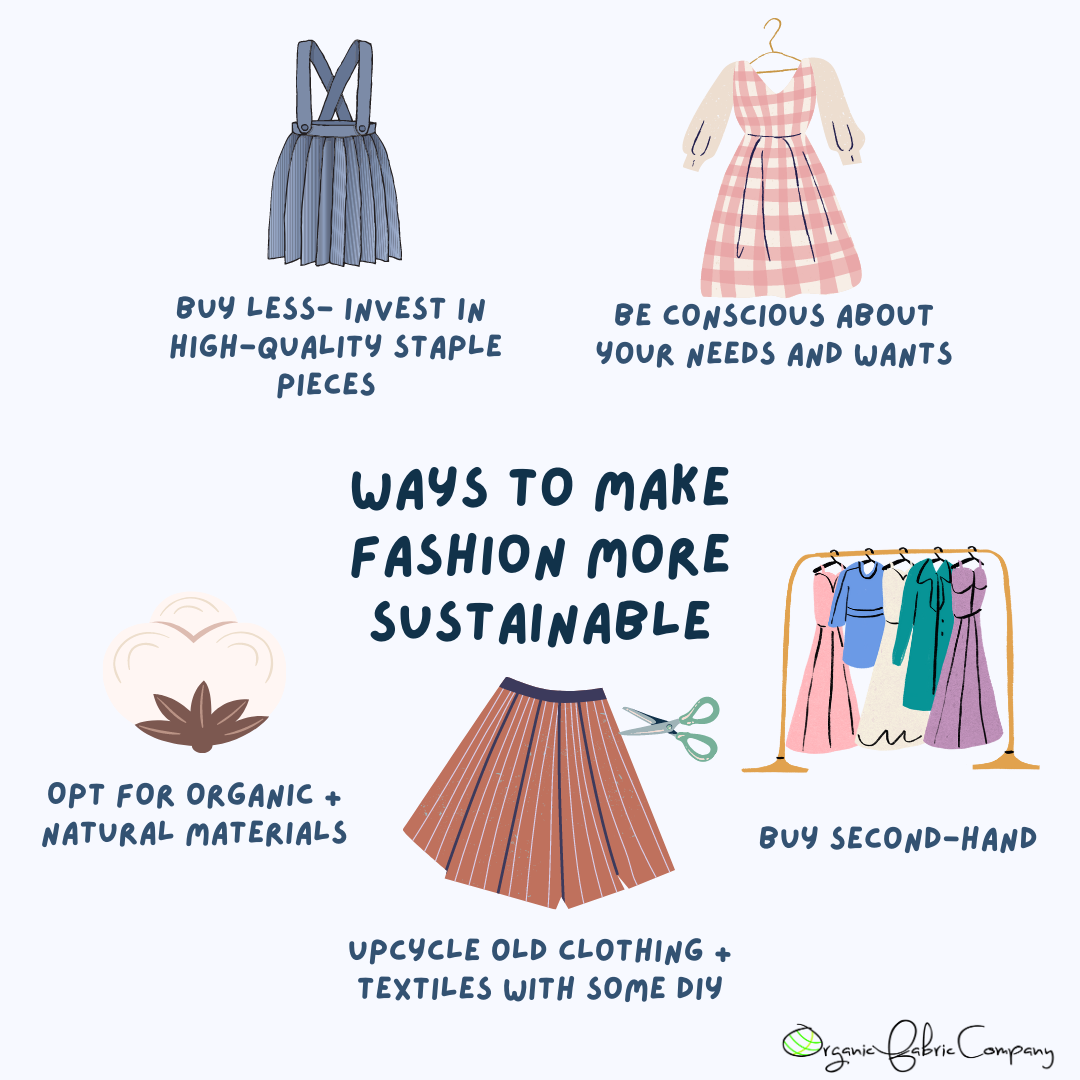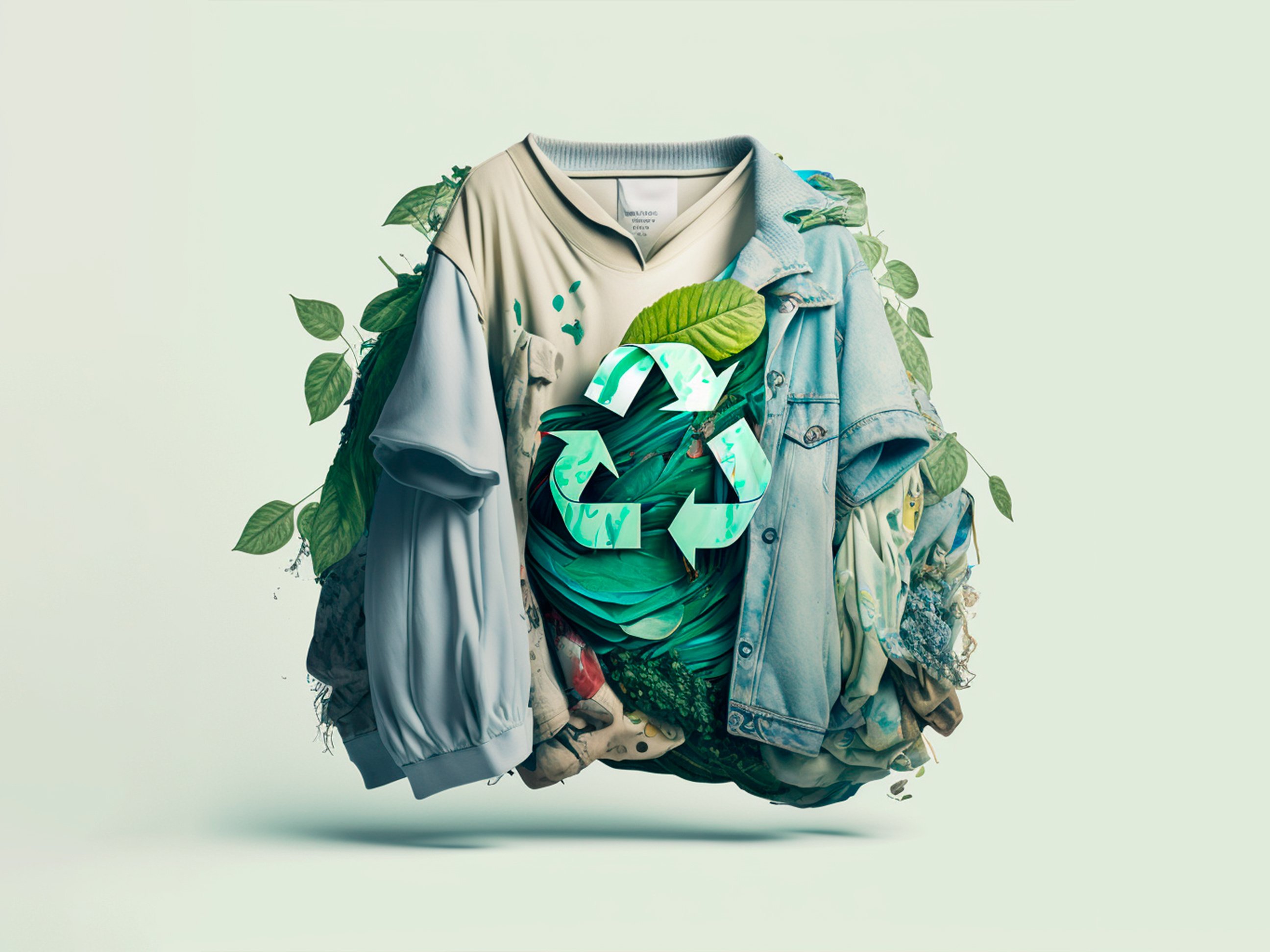Stay Ahead of the Contour by Discovering Innovative Style Trends
In a sector as vibrant as fashion, remaining ahead includes more than just adhering to current fads-- it requires an expedition of development. The merging of innovation and fashion advertises a brand-new age of consumer interaction.

Embracing Smart Textiles
Over the last few years, the apparel industry has actually witnessed a transformative change with the combination of smart textiles, a cutting-edge technology that mixes modern technology with fabric. This evolution represents not only a combination of visual appeals and capability but also a substantial leap towards sustainability and personalization in style. Smart fabrics, likewise called e-textiles, installed advanced electronics such as sensors and conductive threads within the textile, allowing garments to connect with the wearer or the environment.
These fabrics are made to monitor physical criteria, such as heart price or body temperature, giving real-time wellness analytics. Beyond health applications, clever fabrics are likewise being utilized for adaptive clothing, which can transform shade or pattern in reaction to environmental stimulations, hence using a dynamic fashion experience.
Additionally, the advancement of energy-harvesting textiles that produce power from movement or sunlight is paving the method for self-dependent wearable modern technology. This development is interesting eco conscious consumers and designers aiming to decrease the eco-friendly impact of fashion. As r & d in this field breakthrough, clever fabrics are expected to become increasingly widespread, improving the landscape of modern fashion with their multifunctional abilities.
The Increase of 3D Printing
Reinventing the production landscape, 3D printing has actually arised as a game-changer in the style sector. This cutting-edge modern technology has made it possible for developers to push the limits of creative thinking, producing elaborate and personalized garments that were previously unthinkable. By leveraging electronic style and additive production, 3D printing assists in the development of complicated geometries and patterns, permitting designers to trying out new structures and frameworks.
A notable benefit of 3D printing in vogue is its ability to generate on-demand, lessening waste and reducing stock requirements. This efficiency not just optimizes manufacturing procedures however additionally allows for quick prototyping, enabling developers to bring their visions to life in a much shorter duration. Additionally, 3D printing supports modification to a level unrivaled by typical techniques, providing personalized fits and one-of-a-kind styles customized to individual consumer preferences.
The surge of 3D printing has actually additionally democratized style, making it available to arising developers that can now make top quality items without considerable financial investment in conventional manufacturing framework. As innovation proceeds to advancement, the fashion business is poised to harness the complete potential of 3D printing, checking out brand-new materials and strategies that will unquestionably redefine just how style is developed and created.
Sustainable Style Developments
As the style market comes to grips with the pressing demand for environmental duty, lasting style innovations have actually emerged at the forefront of transformative modification. The expanding recognition of ecological impact has actually sustained a shift in the direction of more eco-conscious techniques and products. Brands and designers are now prioritizing sustainability, incorporating methods that minimize waste and decrease carbon footprints.
One considerable development is the increase of round fashion, which emphasizes recycling and upcycling to extend the lifecycle of garments. This method not just minimizes waste but likewise motivates customers to take on an extra conscious technique to clothing intake. Furthermore, making use of sustainable materials, such as natural cotton, hemp, and recycled polyester, has gained traction. These materials require much less water and energy during manufacturing, significantly lessening environmental impact.
An additional breakthrough lies in the fostering of innovative dyeing strategies that make use of all-natural dyes or waterless processes, therefore reducing the vast amounts of water and chemicals commonly made use of in fabric dyeing. Moreover, developments in biotechnology have caused the production of lab-grown leather and materials, supplying cruelty-free and ecologically friendly choices to conventional materials. With these introducing initiatives, the fashion market is making purposeful strides in the direction of a more sustainable future.

Tech-Integrated Apparel
Tech-integrated garments represents a groundbreaking blend of style and technology, reshaping exactly how individuals engage with their garments. This ingenious domain is noted by useful content the inclusion of clever textiles and ingrained electronic elements, improving both capability and aesthetic appeal. From fitness trackers embedded in sportswear to heated coats controlled using smartphone apps, tech-integrated garments uses consumers extraordinary ease and versatility.
Pioneering brands are driving this trend, focusing on producing garments that react to environmental stimulations or user commands. For example, some garments can transform shade or pattern in response to temperature level changes, while others incorporate biometric sensing units to monitor health metrics like heart rate or stress and anxiety degrees. directory The smooth combination of modern technology right into textiles additionally reaches environmental sustainability, with efforts to develop self-cleaning fabrics or garments that adapt to weather, therefore reducing the need for multiple layers.
Additionally, the advent of wearable innovation is not just restricted to garments however includes accessories like watches and eyewear, additional expanding the scope of tech-integrated style. As the industry remains to innovate, the capacity for personalization and personalization in garments expands, offering consumers distinct, tech-enhanced style experiences that accommodate their individual requirements and preferences.
Future of Virtual Fashion
In current years, the future of online fashion has arised as a transformative force within the industry, leveraging advancements in electronic technology to redefine just how style is created, read here experienced, and taken in. By integrating enhanced truth (AR), virtual fact (VIRTUAL REALITY), and 3D design devices, developers can now craft immersive and interactive experiences that transcend conventional fashion borders. Online fashion permits the development of garments that exist exclusively in digital environments, providing countless opportunities for advancement without the restrictions of physical production.
This digital shift not only presents opportunities for innovative expression yet additionally addresses sustainability issues integral in typical fashion methods. Cape Town Sustainable Fashion. By eliminating the requirement for physical resources, virtual style minimizes waste and lessens carbon footprints. In addition, the rise of digital fashion aligns with the enhancing consumer demand for personalized and unique experiences, as virtual garments can be personalized and tailored to private preferences effortlessly

Verdict
The style industry's future lies in the assimilation of sustainable techniques and cutting-edge technologies. Virtual fashion is poised to redefine customer communications.
In recent years, the style industry has actually observed a transformative shift with the integration of clever fabrics, a cutting-edge technology that mixes technology with fabric.As the style industry grapples with the pushing requirement for environmental duty, sustainable style advancements have arised at the leading edge of transformative adjustment.In current years, the future of online fashion has actually arised as a transformative pressure within the market, leveraging improvements in digital technology to redefine how fashion is produced, experienced, and taken in. The increase of digital fashion aligns with the raising customer demand for tailored and unique experiences, as online garments can be personalized and tailored to private choices with simplicity.
The style market's future lies in the integration of ingenious modern technologies and lasting practices.